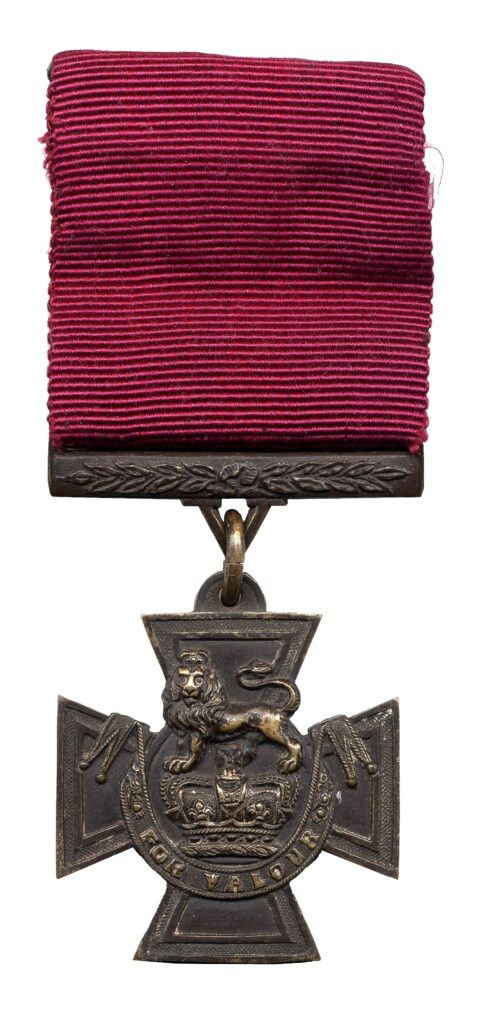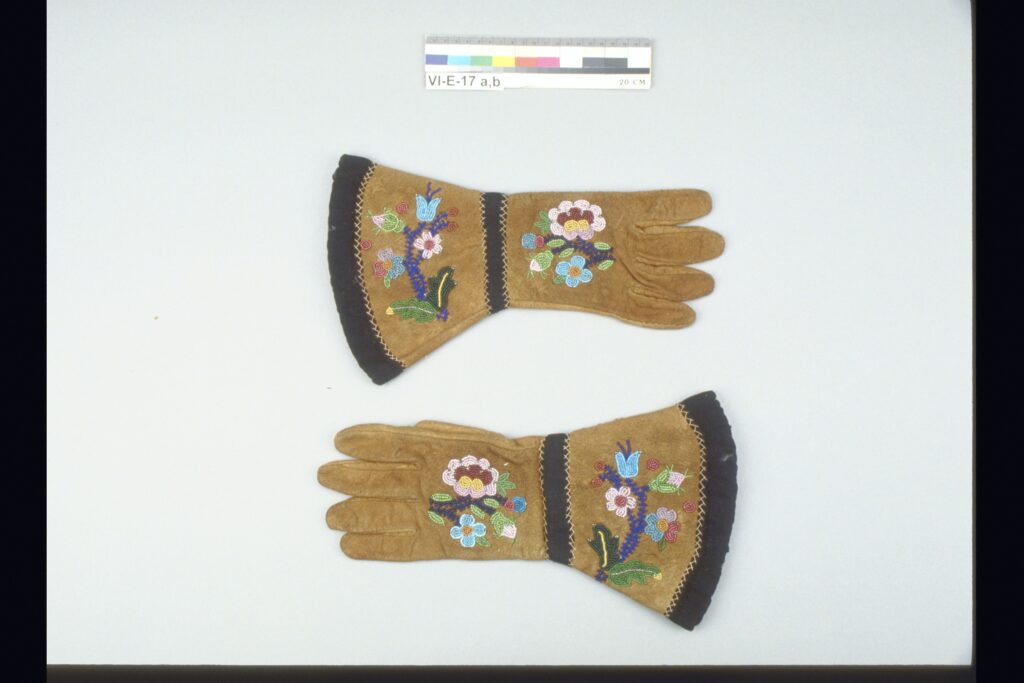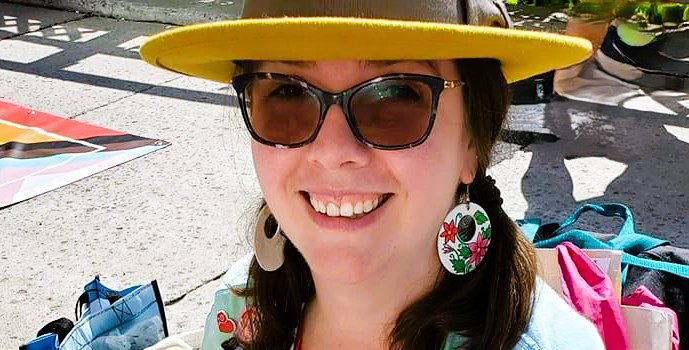When we look at an object, we can make general observations about its material, like identifying that a Victoria Cross in the War Museum’s collection was made with bronze.

Victoria Cross Medal Set, Sergeant William Merrifield, V.C., M.M.- CWM 20050009-001 -Tilston Memorial Collection of Canadian Military Medals – Canadian War Museum
When we look at an object, we can make general observations about its material, like identifying that a Victoria Cross in the War Museum’s collection was made with bronze. Or that tools at the Museum of History from Skraeling Island — an 800-year-old Inuit site whose occupants may have met Norse (Viking) explorers in what is now Nunavut — were made from metal.
But there can be many different types of metals and other materials within an object that are invisible, even under a microscope. And because materials deteriorate differently and at varying speeds, without knowing an object’s specific composition, it can be challenging to learn more about it and prevent its deterioration.
That’s why having a portable x-ray fluorescence spectrometer is crucial. The Canadian Museum of History and the Canadian War Museum’s specialists need this game-changing piece of technology to learn more about historical objects and preserve them for future generations. With this tool, we’ll be able to identify the exact composition of objects — revealing their history, as well as how to proactively fight their deterioration.
That’s why having a portable x-ray fluorescence spectrometer is crucial. The Canadian Museum of History and the Canadian War Museum’s specialists need this game-changing piece of technology to learn more about historical objects and preserve them for future generations. With this tool, we’ll be able to identify the exact composition of objects — revealing their history, as well as how to proactively fight their deterioration.

Gloves, Canadian Museum of History, VI-E-17 a-b, CD1999-0035-022
The Museums’ specialists are thrilled about the possibility of getting a spectrometer. In light of a recent study suggesting that Victoria Crosses are not, as once thought, all made entirely of the same metal, our specialists will be able to analyze the composition of the War Museum’s Victoria Crosses, which may help to uncover hidden stories within them. And, in addition to assessing iron tools from Skraeling Island, they’ll be able to assess beaded Indigenous items, with the goal of preventing deterioration before it begins. Similar projects will unfold with many other objects.
“It’s the missing piece of the puzzle that will help ensure preservation for years to come,” says James Whitham, Director of Collections at the War Museum.
Purchasing a spectrometer depends entirely on the generous support of people like you. Our sincere thanks to those who have already contributed. If you’d like more information about this initiative, please contact Kim Strydonck, Senior Fundraising Officer, Annual Program, at im.strydonck@warmuseum.ca.

